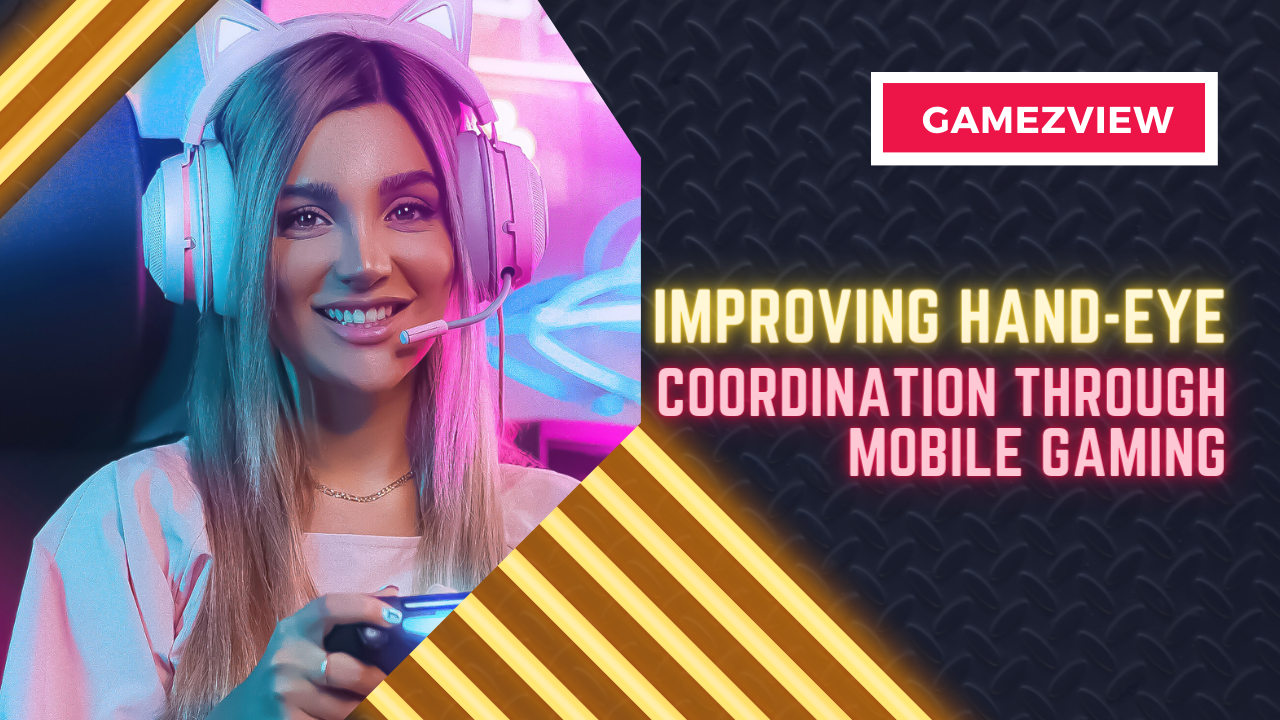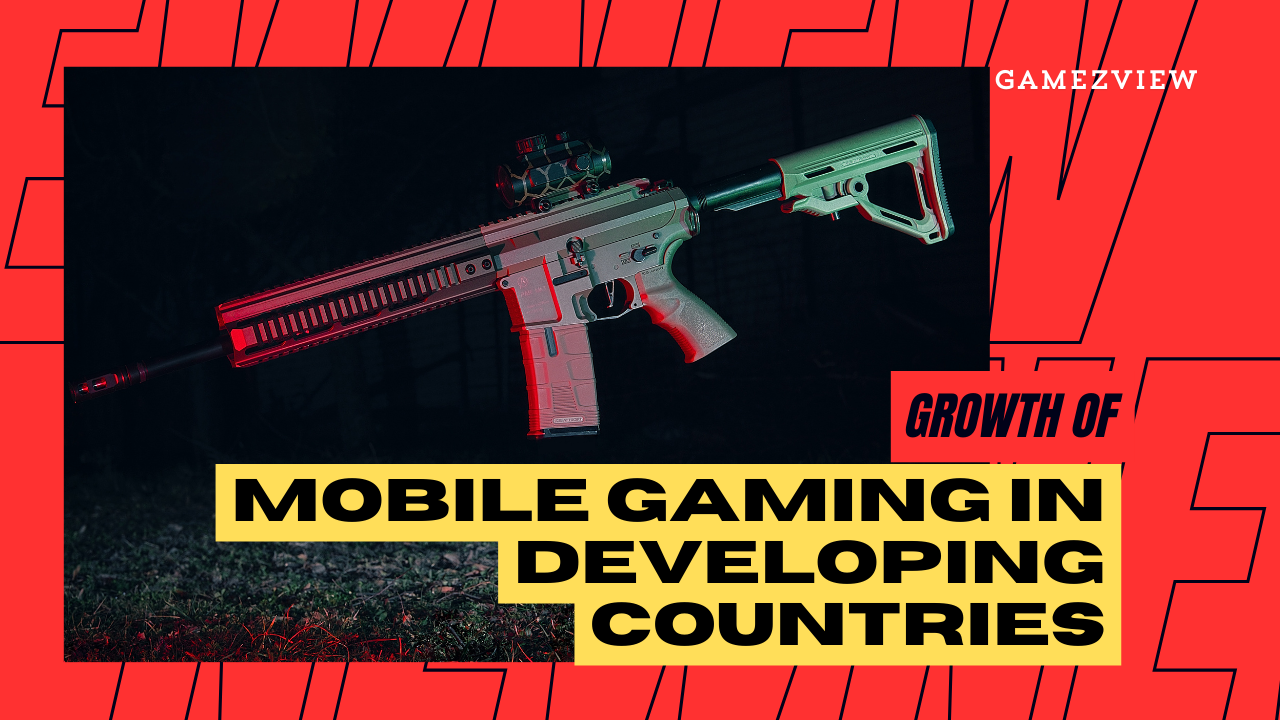Hand-eye coordination is a vital skill that affects our daily lives, from performing simple tasks to excelling in sports and professions that require precise movements. Recent studies and observations suggest that mobile gaming can significantly improve hand-eye coordination. This article explores how mobile gaming contributes to enhancing this crucial skill, the types of games that are most effective, and practical tips for incorporating gaming into a routine for better coordination.
Introduction
Hand-eye coordination refers to the ability to synchronize visual input with hand movements to execute tasks efficiently. This skill is essential in various activities, including typing, playing musical instruments, sports, and everyday tasks such as cooking and driving. Traditionally, activities like sports, arts and crafts, and specific exercises have been recommended to improve hand-eye coordination. However, with the advent of mobile gaming, a new and accessible tool has emerged, showing promising results in enhancing this skill.
How Mobile Gaming Enhances Hand-Eye Coordination
Mobile gaming requires players to respond quickly to visual stimuli by making precise movements with their hands. This repetitive interaction strengthens the neural pathways between the eyes and the hands, leading to improved coordination. Here are some ways in which mobile gaming contributes to better hand-eye coordination:
1. Real-Time Responses
Many mobile games require real-time reactions to visual cues, such as dodging obstacles, targeting and shooting, or navigating through complex environments. These activities demand quick and accurate hand movements, which enhance reflexes and coordination over time.
2. Repetitive Practice
Consistent gaming provides repetitive practice, which is crucial for skill development. The more a player engages in hand-eye coordination tasks, the more refined and automatic their movements become.
3. Complex Visual and Motor Tasks
Mobile games often involve complex tasks that require players to process multiple visual elements and make corresponding motor responses. This complexity helps in improving cognitive functions alongside hand-eye coordination.
4. Problem-Solving and Strategy
Games that involve problem-solving and strategic thinking not only engage the brain but also require precise hand movements. This dual engagement fosters better coordination and cognitive flexibility.
Types of Mobile Games That Improve Hand-Eye Coordination
Certain types of mobile games are particularly effective at enhancing hand-eye coordination. Here are some categories to consider:
1. Action Games
Action games, such as first-person shooters or fast-paced platformers, require players to make quick decisions and react swiftly to visual stimuli. These games are excellent for improving reflexes and coordination.
2. Puzzle Games
Puzzle games that involve matching, sorting, or spatial awareness can also enhance hand-eye coordination. These games require precise movements and timing, which help develop fine motor skills.
3. Rhythm Games
Rhythm games like “Beat Saber” or “Geometry Dash” involve tapping, swiping, or pressing in time with music. These games improve timing, precision, and rhythmic coordination.
4. Sports Games
Mobile sports games simulate real-life sports actions, requiring players to mimic movements such as swinging a bat, kicking a ball, or aiming a shot. These simulations help in developing both gross and fine motor skills.
5. Simulation Games
Simulation games, such as driving simulators or flight simulators, require precise control and coordination. These games can enhance spatial awareness and the ability to coordinate complex movements.
Tips for Using Mobile Games to Improve Hand-Eye Coordination
To maximize the benefits of mobile gaming for hand-eye coordination, consider the following tips:
1. Set Time Limits
While gaming can be beneficial, it’s essential to set reasonable time limits to avoid eye strain and overuse injuries. Aim for short, regular sessions rather than extended play.
2. Choose Appropriate Games
Select games that challenge your hand-eye coordination and progressively increase in difficulty. Look for games that require precision and quick responses.
3. Take Breaks
Regular breaks are important to prevent fatigue. Follow the 20-20-20 rule: every 20 minutes, take a 20-second break and look at something 20 feet away.
4. Practice Consistently
Consistency is key to improvement. Try to incorporate a few minutes of gaming into your daily routine to see gradual improvements in coordination.
5. Combine with Physical Activity
Complement mobile gaming with physical activities that enhance hand-eye coordination, such as playing sports, juggling, or practising yoga.
Research and Evidence
Numerous studies have highlighted the positive impact of gaming on hand-eye coordination:
1. Academic Studies
Research conducted by the University of Toronto found that action video game players show better sensorimotor skills and are more capable of learning new visual motor tasks compared to non-gamers.
2. Professional Observations
Surgeons who play video games have been observed to perform better in laparoscopic surgery, demonstrating enhanced precision and dexterity.
3. Anecdotal Evidence
Professional athletes often use video games as part of their training to sharpen reflexes and improve coordination.
Mobile gaming is a modern and engaging way to improve hand-eye coordination. By choosing the right games and incorporating them into a balanced routine, individuals can enhance their reflexes, precision, and overall motor skills. As with any activity, moderation and variety are key. Complement gaming with other physical activities for the best results. Embrace the potential of mobile gaming as a fun and effective tool for developing crucial coordination skills.



